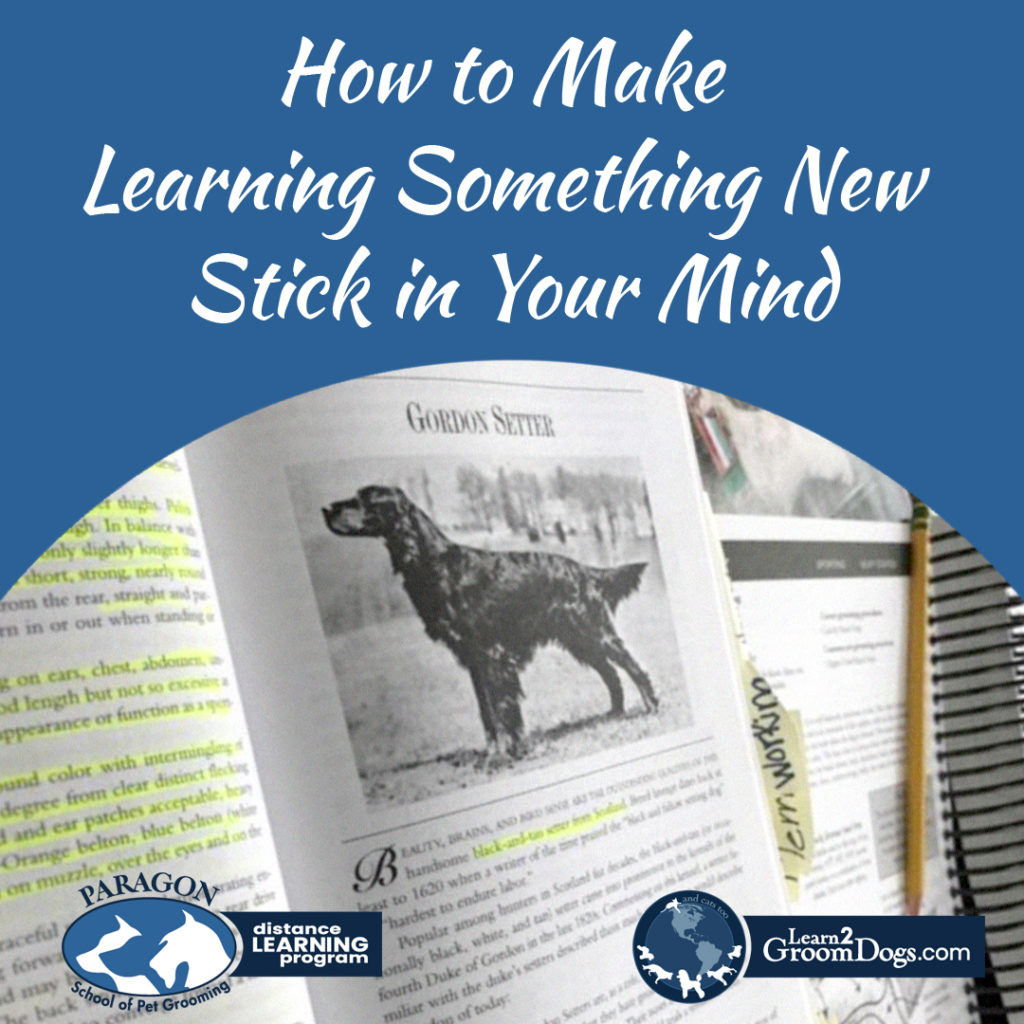 Do you enjoy learning something new? Figuring out how to do something easier. Faster. Give you a more satisfying result? Expand your knowledge base. Build your confidence.
Do you enjoy learning something new? Figuring out how to do something easier. Faster. Give you a more satisfying result? Expand your knowledge base. Build your confidence.
Sure you do. We all love learning when it’s easy right? But most of the time learning takes work. Effort. And sometimes it’s difficult and confusing.
I mean – really learn. Absorb it. Get it. Can do it and achieve results you are happy with?
So, what’s the best way to learn?
There are lots of different learning methods, but most fall into two categories. Passive or active learning.
What’s the difference?
Passive learning is when communication is mostly one-way for the sole purpose of gathering information.
Active learning includes doing anything interactive with the content to enhance your understanding of the topic and/or skill.
Passive learning examples:
- Listening to a lecture
- Reading
- Audio visual
- Watching a demonstration
- Watching a video
Active learning examples:
- Group discussions
- Practice by doing
- Hands-on workshops
- Visualization
- Activities apply the new material
- Present the freshly learned material to others
Which is best? It depends on what you are doing and how you need to apply the information.
Not everyone learns at the same pace. Nor does one technique work the best for everyone. Learning is a personal effort. Your level of involvement combined with a variety of learning techniques will greatly influence your long-term results.
Think back to a time when you learned something.
 I’m talking about a time when you were curious about something. You wanted to know more. You researched it. Maybe you watched a few videos on the topic. Talked to people. If it was a skill, you tested it and practiced it, right?
I’m talking about a time when you were curious about something. You wanted to know more. You researched it. Maybe you watched a few videos on the topic. Talked to people. If it was a skill, you tested it and practiced it, right?
You thought about the topic a lot. You wondered how it related to you or how you could apply it in your life. As you explored, you uncovered more and more on the topic. Connections were made. Dots were joined. You discussed the topic with friends and co-workers. You strengthened your understanding even further.
When it comes to learning retention, hands-down active learning is far more effective than passive learning. However, both have their place in your learning toolbox. Personally, I like to use more passive methods of learning first to familiarize myself with a topic. However, I almost always tuck a bit of active learning into it to ensure I can recall the information more readily.
Active learning promotes a deep, understanding of a topic. For most people, this is how we learn the best. In an active learning environment, you are engaged, empowered, and excited to learn.
Active learning occurs through collaboration, discussion, critical thinking, problem-solving, and connecting new knowledge with your own world.
Passive learning is all around us. But it’s not the best way to truly understand a topic or test your skills.
8 Learning Methods to Turn Passive Learning into Active Learning
1. Highlighting & Write Comments
While reading, you can highlight, tab important passages, take notes, or write your own comments. When you do this, it becomes more of a two-way conversation in your head instead of passively reading the material.
2. Take Time to Question
After learning, take some time to think about how you can apply the information. Ask yourself questions to obtain the most out of what you just learned. Here are a few thoughts to get started with to help cement the learning in your own mind.
- “How could I apply this?”
- “What benefit would it give me?”
- “Why would it help me?”
- “What would it look like if done perfectly?”
3. Tracking Your Progress
When you are working on a new skill, break down the steps. Think about how you could follow you progress. Track you progress by simply jotting it down, use an app or create a spreadsheet to monitor your progress.
This is a great way to improve your speed, track your progress when mastering a new skill or learning a new breed, or ensure the effectiveness of new sales techniques. You could even make a game out of the learning.
4. Immediately Apply What You Learned
The sooner you can apply a new skill or technique, the better. Test it out while it is still fresh in your mind.
Studies show even within 20 minutes of learning something new, you will forget about 40% of the details! After 2 days, you will forget up to 70% of what you learned.
The saying, ‘Use it or lose it’ certainly applies when learning a new skill!
- If you have just listened to a lecture – Have an immediate follow-up discussion with your friends, co-workers or colleagues.
- If you have just read a book – Highlight the pages and make detailed notes. Discuss what you have just learned with others. Imagine yourself applying the skill successfully.
- If you have just watched a video – Make notes as you watch. Stop and listen to important points again. Or following along by DOING the skill as the teacher teaches.
- If you attend a dog show or grooming contest – Sit ringside. Focus on the best in the ring. Study what it looks like when done right. Take photos. Take detailed notes. Critically analyze how YOUR work or knowledge stacks up against what you are seeing.
5. Work with a Coach or a Mentor
Coaches or mentors can help you fast track your learning.
Why?
Because they give you instant feedback helping you improve your skills immediately. A great coach will help you take years off the learning process verse trying to learn on your own.
- Attend hands-on workshops and clinics
- Study firsthand with someone more skilled than yourself
- Train with a master
- Shadow a master as they work
- Work with a virtual mentor or coach
6. Create a Vision Board, Notebook or Collection
If the learning revolves around a skill, a technique or a thing – collect images of what it looks like when done correctly. Assemble the images into a grouping you have easy access to. Actively work on building your collection. As you add images, think about HOW the results were achieved and visualize yourself achieving similar results.
7. Test Yourself by Explaining
To find out if you have really absorbed the knowledge, explain it to someone else.
Go step-by-step. Describe the details of the lesson. Keep it streamlined and simple so whomever you are talking with can absorb correct information.
If you struggle anywhere, go back and review where there are gaps in your own understanding. Continue to share with others your new knowledge until you can explain the topic confidently and the listener understands clearly.
8. Validation
To verify you have positively progressed in your learning or mastered a skill, go for validation. How? There are many ways.
- Graduate from an established training program
- Earn promotions at work
- Aim for certification testing via recognized national organizations
- Enter grooming contests
- Exhibit at canine or feline conformation events
You need discipline and nerve to admit what you don’t understand. What you find hard to do.
Ignoring those things is the worst mistakes a learner can make. You’ll need a strong foundation before you move on to a more advanced level.
When you’re self-learning, you’ve got to go the extra step to gauge yourself. It’s the only way you can learn improve and develop faster. Validation is how you’ll find your strong and weak points, so you know what to focus on.
Learning a subject or skill takes time and effort. You will never thoroughly understand something if you only use passive learning.
By utilizing a few of the active learning method outlined above, you will create shortcuts to your own growth. Mix and match these methods based on the skill or subject you want to learn – or come up with other ways to retain new information.


